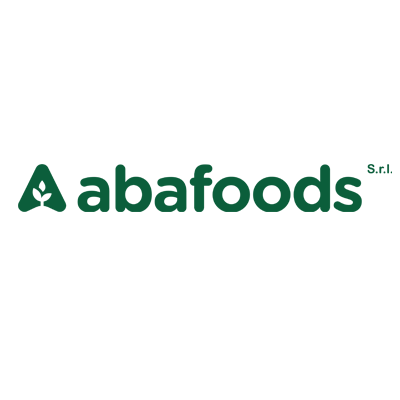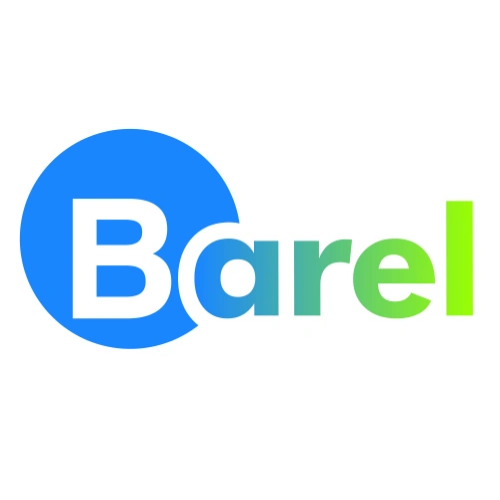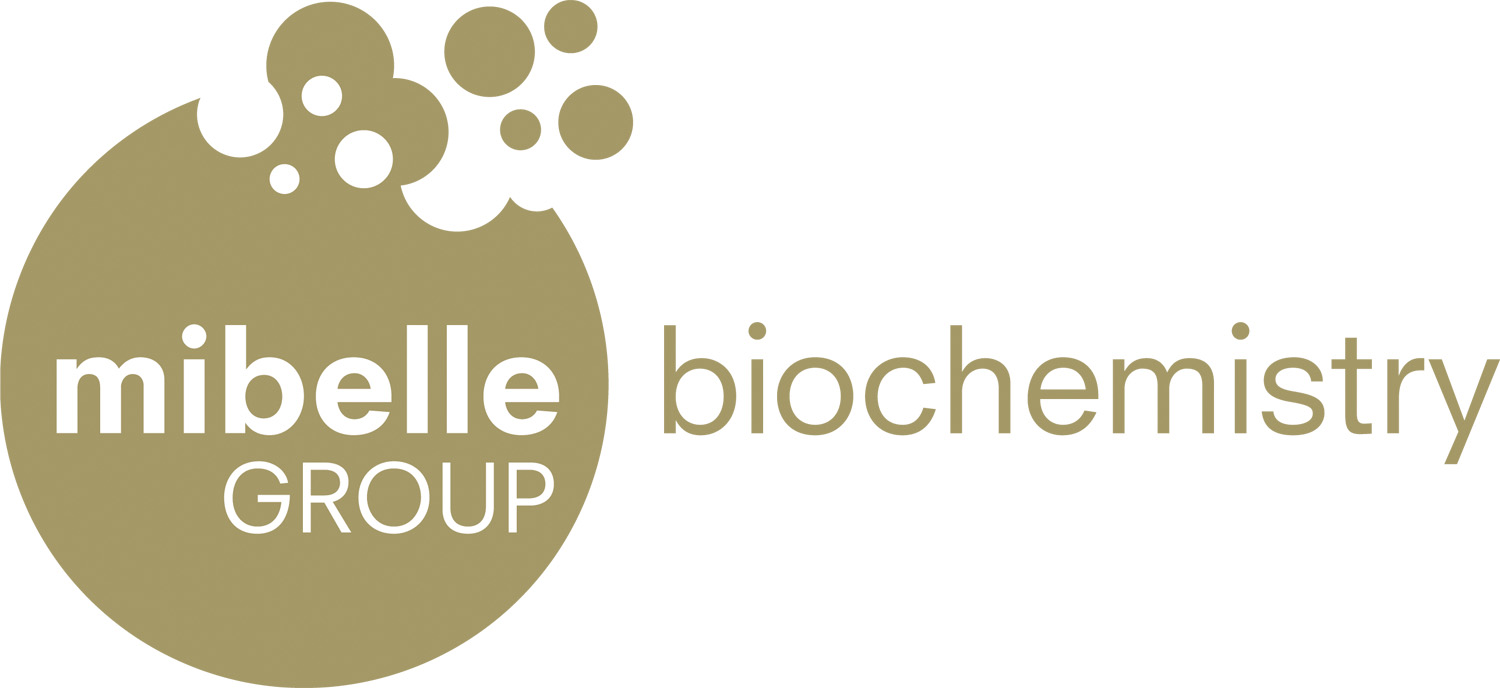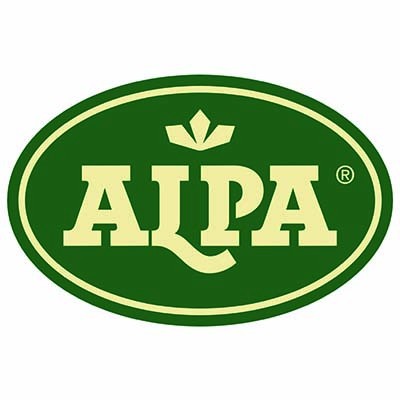Turkey prices could fall as Thanksgiving nears, but bird flu reemergence threatens flocks
Consumers will likely see lower prices for the holiday staple compared to last fall, according to a report, but the unpredictable avian flu remains a threat.
Dive Brief:
- The price of turkeys may be lower than last year ahead of Thanksgiving, according to a report published last week by the American Farm Bureau Federation. The price of an eight to 16-pound turkey was $1.27 per pound in August, down 22% from the same period in 2022.
- Producers have worked to repopulate turkey flocks after the outbreak of highly pathogenic avian influenza in 2022. The number of birds infected with HPAI dramatically decreased over the past year — with only 540 birds infected with the virus in September compared to 8.15 million a year ago — according to the report.
- Despite this, the virus has has reemerged and could again hamper supply as the weather cools. Two turkey operations have had flocks affected by the virus so far in October — in Sanpete, Utah and Jerauld, South Dakota — affecting a total of roughly 180,800 birds, according to data from the U.S. Department of Agriculture.
Dive Insight:
After facing sticker shock caused by the supply effects of HPAI breakouts as well as overall inflation last year, consumers of poultry will likely feel some relief this holiday season.
Farmers, retailers as well as consumers dealt with significant price increases for eggs and poultry items in 2022. The amount of poultry flocks infected with the virus peaked in March 2022, with 20.98 birds. That number decreased dramatically throughout 2022, and fell significantly throughout 2023, according to the report.
The massive culling of flocks helped curb the virus in migratory birds. Roughly 58.98 million commercial and backyard poultry flocks have been killed since early 2022, according to USDA data.
HPAI driving up turkey prices in 2022 had a significant impact on the bottom line for meat producers, who have spent 2023 trying to manage their supply of the poultry item.
Hormel, which owns Jennie-O turkeys, said it identified infected turkeys in its supply chain in March 2022. This caused an 80% year-over-year drop in turkey volumes for the comp, and the decreased capacity led to a 2.4% annual decline in the meat giant’s overall sales. In its most recent quarterly earnings call, Hormel CEO Jim Snee told investors that while its turkey volumes have improved, profits in the segment are projected to be slightly down year-over-year in the fourth quarter because of lower prices.
As producers deal with the continuing threat of the virus, scientists are working toward solutions to prevent infections from occuring. In a study released by MIT Technology Review this week, researchers used gene-editing tool CRISPR to alter the DNA of ten chickens to resist HPAI. Only one chicken was infected with bird flu, and it did not trasmit it to other birds, according to the study.
SOURCE Food Dive.
 Pages you might like
Pages you might like








 Latest information
Latest information
 Follow official account
Follow official account
 Online support
Online support
 鄂ICP备2022017323号
鄂ICP备2022017323号
 鄂公网安备 42018502006493
鄂公网安备 42018502006493
 Launch Exhibition
Launch Exhibition
 Release information
Release information



 Today's topic
Today's topic

















